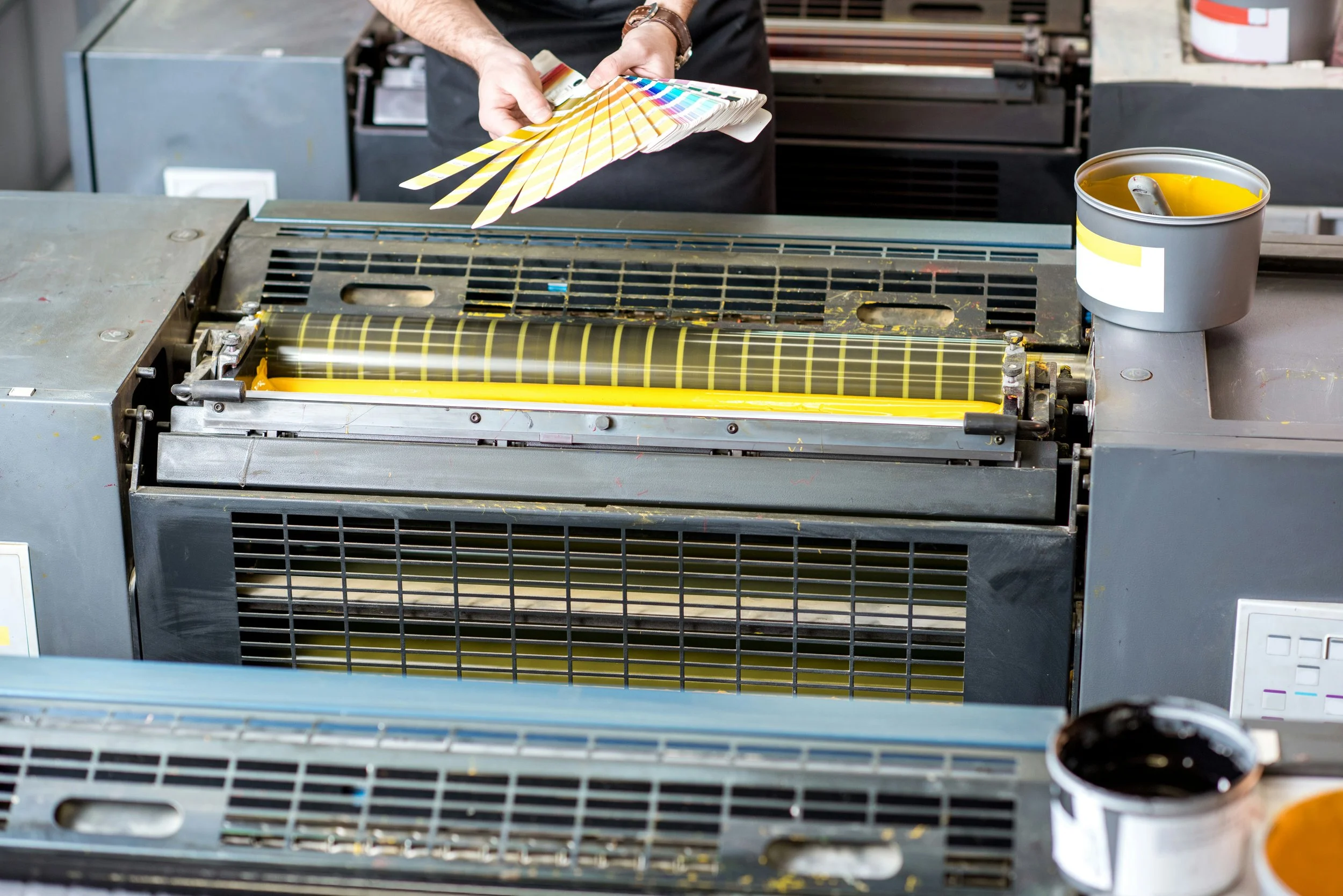The Print Playbook: Commercial Trends for 2025/2026
The commercial printing industry is not merely surviving the digital revolution; it’s using technology to redefine its relevance. As we move through 2025 and look toward 2026, print is solidifying its role as the premium, high-impact component of an omnichannel marketing strategy. Success now hinges on agility, personalization, and leveraging print's innate ability to engage the senses.
2025: The Three Pillars of Print Engagement
This year, three dominant trends are shaping how brands connect with their audiences:
1. Hyper-Personalization through Variable Data Printing (VDP) Generic mailers and brochures are obsolete. Digital press technology now allows for Variable Data Printing (VDP), enabling commercial clients to change text, images, and offers on every single printed piece within a massive run. This hyper-personalization transforms a simple printed leaflet into a tailored conversation, vastly improving response rates for direct mail campaigns, financial statements, and custom catalogue segments.
2. The Hybrid Campaign: Print Meets Digital Instead of competing with digital, print is integrating with it. We are seeing a major rise in hybrid print/digital campaigns where physical collateral acts as a dynamic gateway to online content. This is achieved primarily through scannable elements like QR codes and AR (Augmented Reality) triggers. A printed poster, for instance, can now lead a customer directly to a personalized video, a unique landing page, or even a virtual product demonstration, providing real-time data tracking that was once exclusive to email.
3. The Sensory Impact of Textured Finishes In a screen-saturated world, the sense of touch is print’s great advantage. Brands are investing heavily in specialty finishes to create memorable tactile experiences. Techniques like soft-touch lamination, spot UV coatings, and embossing/debossing elevate standard materials like business cards, product inserts, and corporate reports, turning them into premium, memorable assets that reflect brand excellence.
Colour Psychology: Driving Action and Trust
No trend is complete without understanding the immediate emotional connection created by colour psychology. In mass-market advertising, colour is used strategically to elicit specific emotional responses and drive action:
Red: Creates urgency and excitement (often used for sales and calls-to-action).
Blue: Conveys trust, stability, and professionalism (favoured by finance and corporate sectors).
Green: Evokes nature, health, and sustainability (used for organic products and eco-conscious brands).
The right colour palette, consistently executed across a printed marketing suite, can instantly communicate a brand's ethos, often influencing up to 90% of a customer's initial product judgment.
Looking Ahead to 2026: The Packaging Revolution
The major predicted trend for 2026 is the explosive rise of high-impact packaging print. Driven by the continued e-commerce boom and consumer demand for "unboxing experiences," packaging is evolving from a functional necessity to a core marketing asset. We anticipate greater demand for complex, custom folding cartons and bespoke mailer boxes featuring rich textures, holographic foils, and internal personalized messages that make the package as engaging as the product inside.
Ultimately, while technology constantly evolves the how of printing (digital efficiency, AI integration), the traditional strengths of print: its durability, its ability to foster deep-seated trust, and its powerful tangibility, remain its enduring competitive edge. This is why print is an essential and resilient component of the modern commercial playbook.


